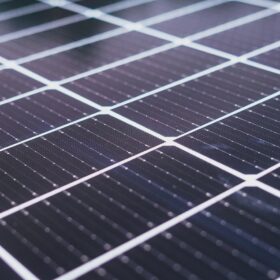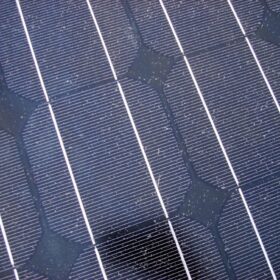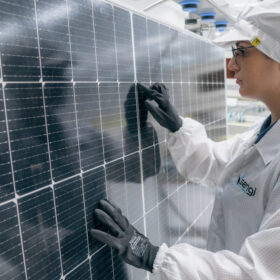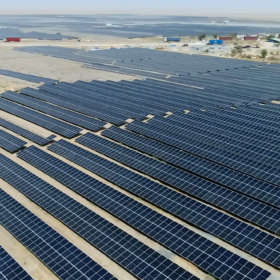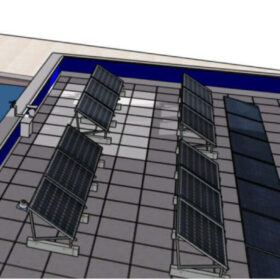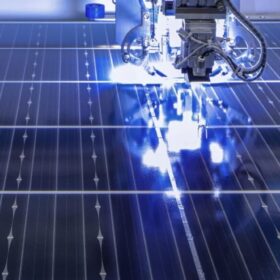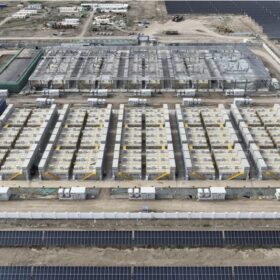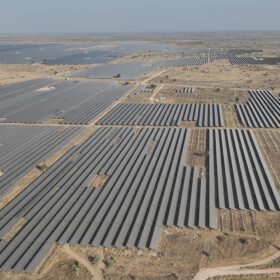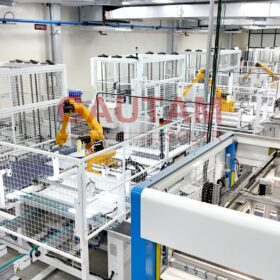Solar module prices may reach $0.10/W by end 2024
Tim Buckley, director of Climate Energy Finance, speaks to pv magazine about the current steep trajectory of solar module prices. He estimates that PV panels prices will end up dropping by 40% this year and predicts the closure of old technology and sub-scale solar manufacturing facilities, both in China and globally.
Wall-mount lithium battery inverters from Exide
Exide has forayed into lithium-ion-based home power backup systems with the launch of wall-mount lithium battery inverters in 450 W and 720 W sizes.
Gallium arsenide solar cell achieves 23.1% efficiency via electrochemical porosification
An international research group has utilized a new porosification technique to build gallium arsenide (GaAs) solar cells that allow the recovery of germanium films. The new cell achieved an efficiency that is reportedly in line with that of other GaAs PV devices, but can be produced at a lower cost thanks to the reuse of germanium.
Physics-based model to predict soiling losses in bifacial solar modules
Scientists in India have developed a novel way to predict soiling accumulation on bifacial modules. Their approach considers dust deposition, rebound, and resuspension phenomena.
With China PV modules reaching record low prices, is there a chance for local PV manufacturing elsewhere?
From the International Solar Energy Society’s perspective, and the vision of a world with 100% renewable energy for everyone used wisely and efficiently, PV module production should not become an oligopoly and should not be concentrated in one corner of the world.
Scientists achieve 29.9% efficiency for four-junction perovskite-CSI tandem solar cell
Achieved by scientists led by the National University of Singapore, the result is the highest efficiency ever recorded for a perovskite-CIS tandem solar cell at the research level to date. The researchers used methyldiammonium diiodide (MDADI) to reduce open-circuit voltage losses in the top perovskite cell.
Falling module prices to drive record ‘16 GW’ solar addition this fiscal
Softening of PV module prices will improve investment returns for 45 GW of solar projects in the pipeline that have been awarded since FY 2021. This, in turn, will spur project development, with around 16 GW capacity estimated to be installed this fiscal.
Schneider Electric unveils battery lab in Bengaluru
Schneider Electric’s state-of-the-art battery lab will focus on developing innovative battery technologies and exploring new energy storage solutions that prioritize sustainability and minimize environmental impact.
‘Cool roofs’ increase power yield in bifacial rooftop PV systems
A Spanish-Algerian reserch group has tested how “cool roofs” could help increase power yield in rootop bifacial PV systems. Cool roofs are based on coating materials with high reflectance properties.
Tongwei presents G12 TOPcon solar module series
Tongwei has developed the G12 TOPcon solar module series, with efficiency ratings up to 23.1% and a temperature coefficient of -0.30% per degree Celsius.
